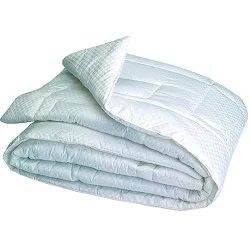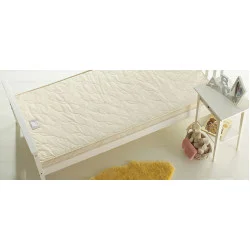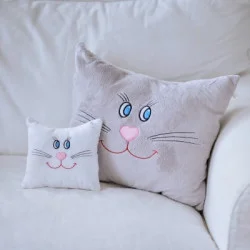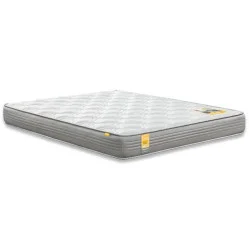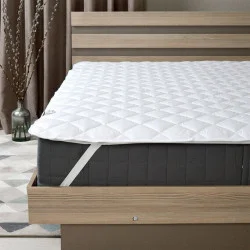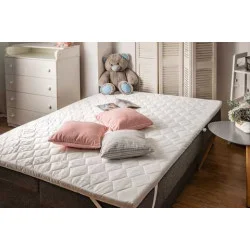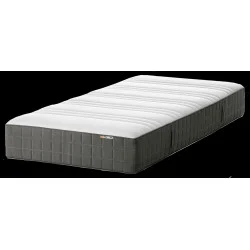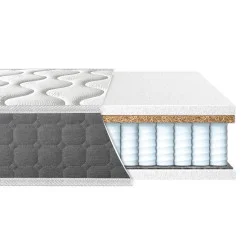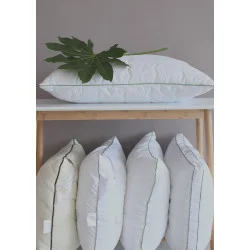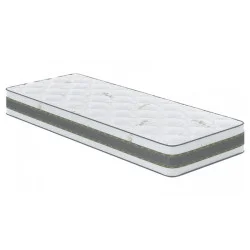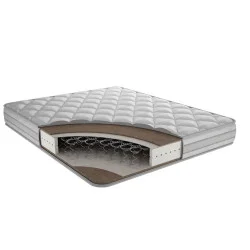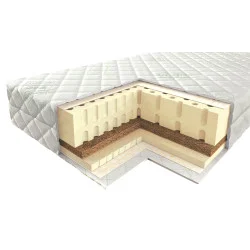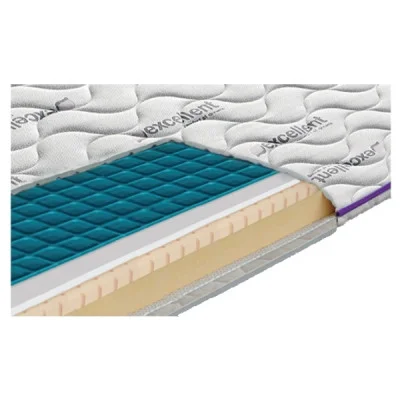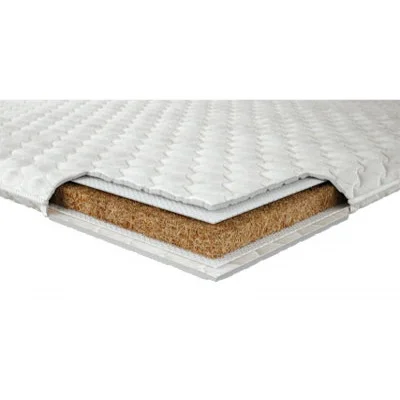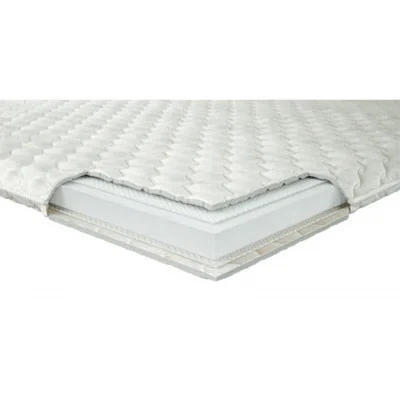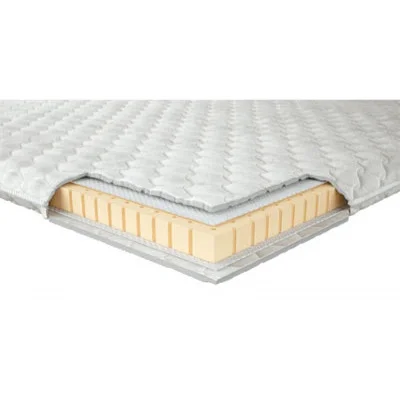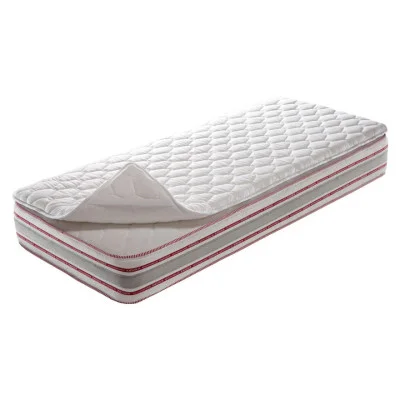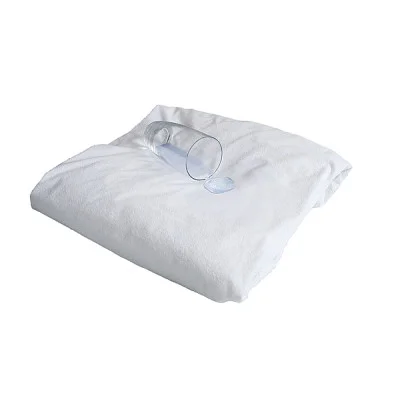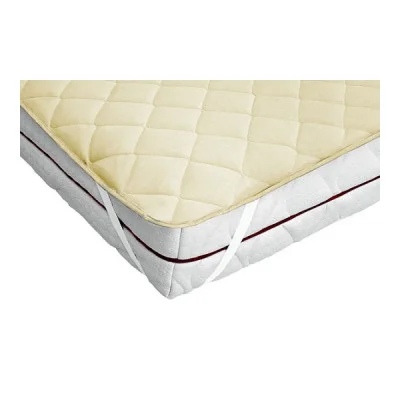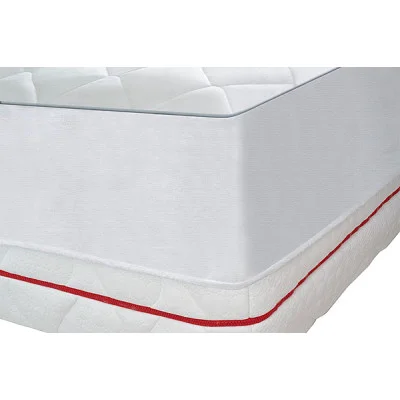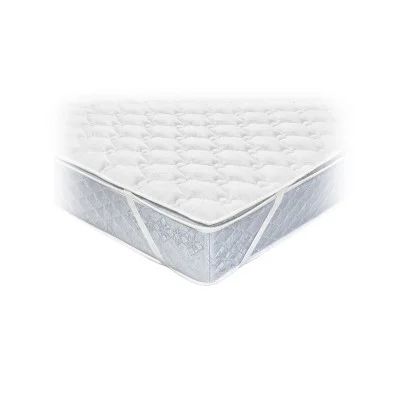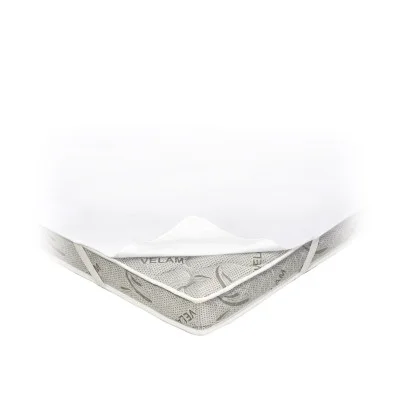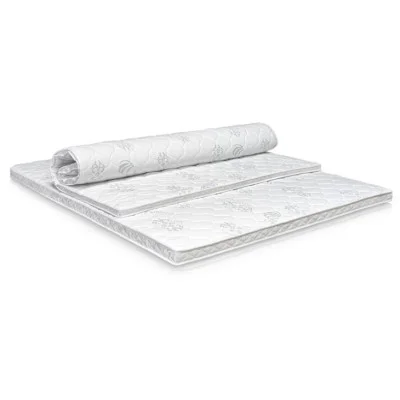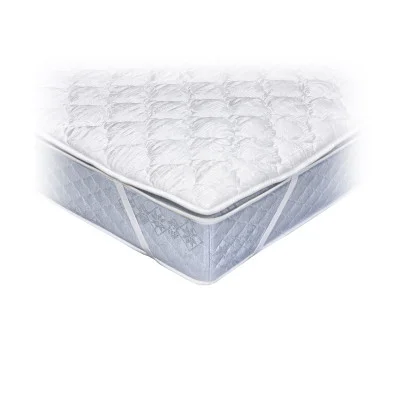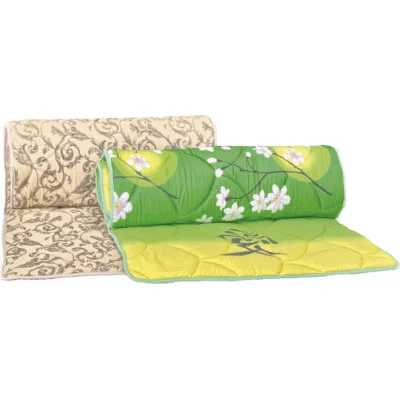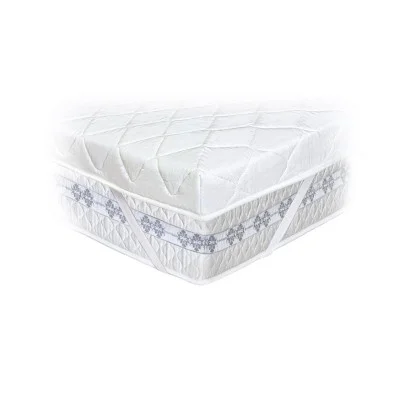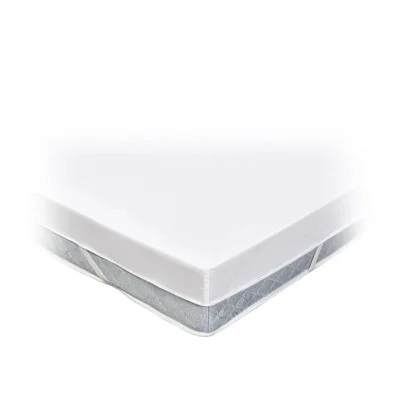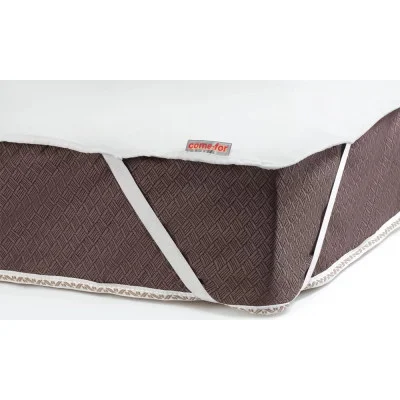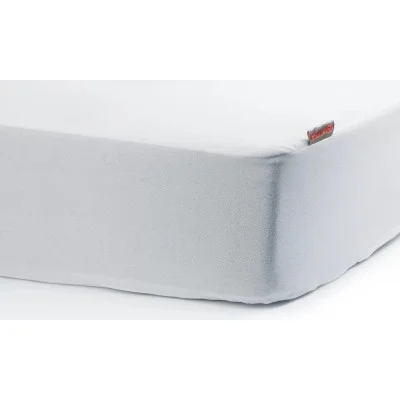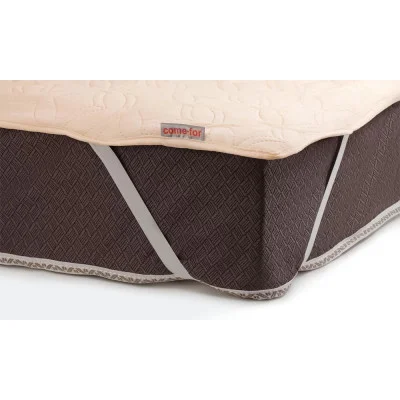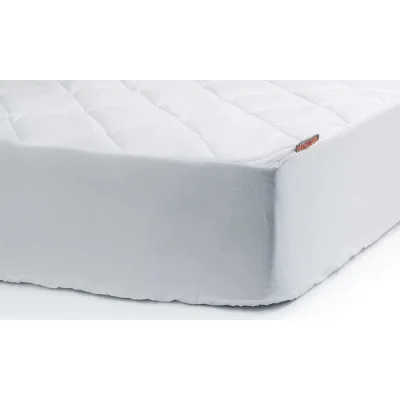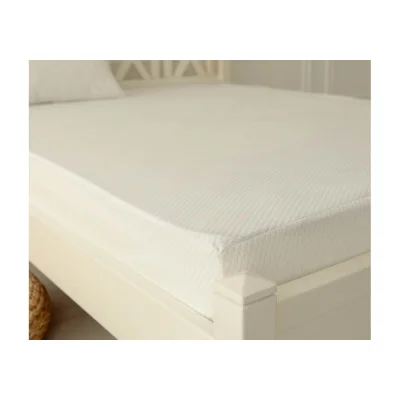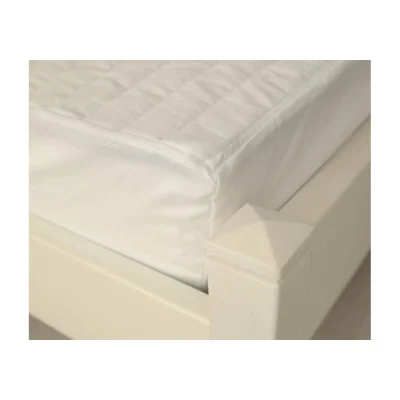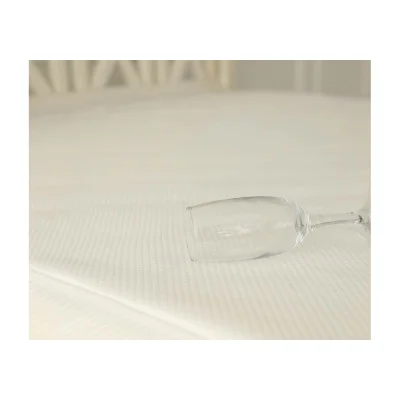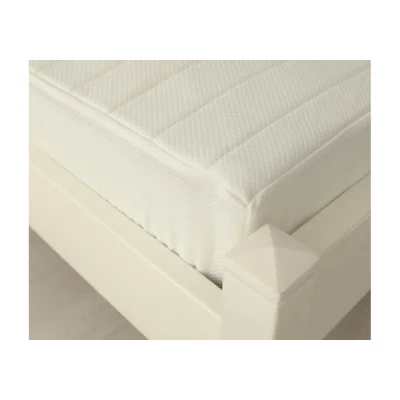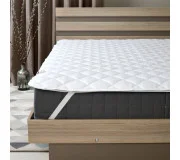
As an allergy sufferer, you pay special attention to what is in your bedroom at home. So, you purchased a mattress pad specifically for your bed, and since then you have had the feeling that your nose tingles much less and you sneeze less often. Thanks to the cover around the entire perimeter, less dust comes out of the mattress, and the base itself is protected.
-
Mattress covers – not only allergy sufferers benefit from them
When we sleep, people lose fluid in the form of sweat. In order for moisture to evaporate, there must be enough free space under the bed for air circulation. To provide a protective layer between the sheets and the mattress, mattress protectors are useful. They prevent dirt and debris from settling on the mattress, helping to keep it clean.
The main advantage of covers is that, unlike pillows and toppers, they do not slip, since they cover the entire mattress and are closed with a zipper. The covers are made from soft materials such as polyester, cotton or a mixture of both and provide a comfortable sleeping environment. They are available in breathable and water-repellent versions.
-
Mattress covers and materials made from them: how to properly care for them?
The material the mattress topper should be made from depends on your personal needs and requirements. Here you will find an overview of the different options and what to consider when cleaning different materials.
-
Cotton covers
Pure cotton covers are very hygienic as they can be washed at 95°C. Therefore they are especially suitable for allergy sufferers. Another plus: Cotton covers can also be placed in the dryer so they are ready for use again after cleaning.
-
Mixed fabric covers
Double fabric models made from polyester and cotton or polyester, viscose and elastane with a polyester climate fiber core are especially soft and comfortable. They are usually quilted with fleece, which further enhances the warming effect. This model is suitable for those who easily catch a cold in bed. But people who sweat a lot will also benefit from a blended fabric: the climate fiber is particularly breathable, and the cover can be machine washed at up to 60°C. Since house dust mites are reliably killed at this temperature, these covers are also a good choice for allergy sufferers.
-
Polyester covers
Polyester covers are stain-resistant, dirt-repellent and easy to clean. Terry fabric options are especially soft and are a good option for those who want to make their bed even more comfortable. Polyester covers can be washed at 60°C, making them also suitable for allergy sufferers.
-
Conclusion: here's what matters when it comes to mattress toppers
To get the most out of your new mattress topper, there are a few things to consider before purchasing to help you find the right model. Here's an overview of the most important points:
• Are you allergic? Then choose a cotton cover that can be washed at high temperatures.
• Are you looking for soft and warm bedding? Then terry cloth covers or quilted fleece models will suit you. They have special thermal insulation.
• What size should I take? Mattresses can be of different heights. To make sure your new case will fit, here are some tips to help you choose the right model.
Measure the length, width and height of your mattress and check the manufacturer's instructions before purchasing to see if the covers actually fit your mattress. They are usually available in regular sizes up to 200 x 200 cm. Models without elastic materials must fit the mattress exactly to size. If spandex or other stretchy materials are included, there is a little wiggle room. The elastic materials also make the cover easier to put on after washing. If you don't have a dryer, use quick-drying materials!


